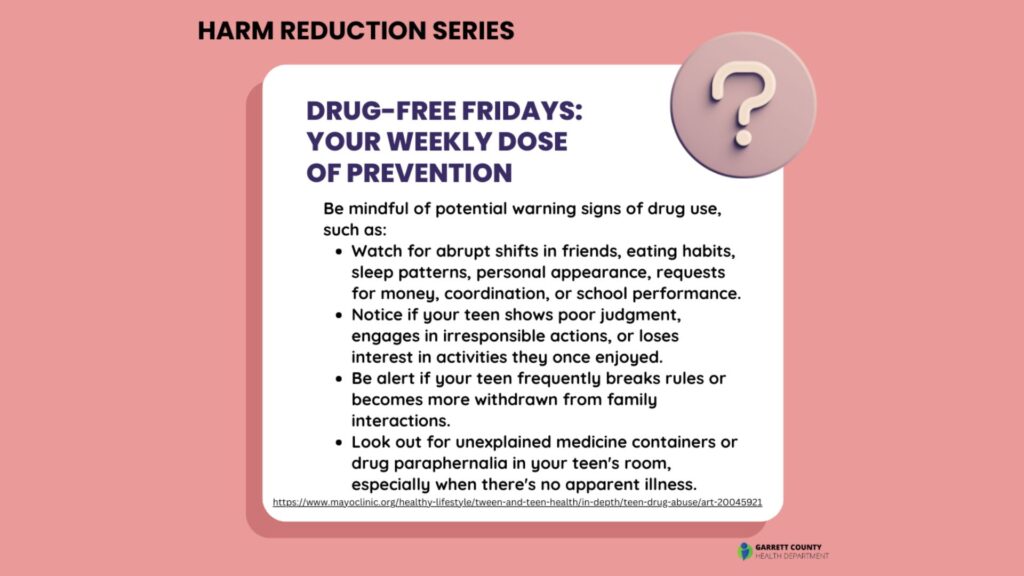Procedure for Disinfecting Water Wells
Working together for a healthier tomorrow!
Craig P. Umbel, LEHS
Director of Environmental Health
Room 102
Phone: 301-334-7760
FAX: 301-334-7769
E-Mail: environmental.health
@maryland.gov
Hours of Operation:
Mon. - Fri. 8:00am – 4:30pm
Existing Wells
Water in a recently drilled well is subject to contamination by the drilling operation and from pipe that conveys the water throughout the house. It is, therefore, necessary to disinfect the well to eliminate bacteria that may have been introduced into the system before the water may be used for drinking purposes. Follow up samples can determine whether or not the contamination of the well is an ongoing concern. Disinfection of old wells is also important when a sample proves positive for bacteria.
A disinfection procedure that may be used is as follows:
- Mix ½ gallon of chlorine laundry bleach such as Clorox, Austin A-1, Homebest, or Red and White with ten gallons of water. (For wells with more than 150 feet of water, use one gallon of bleach.)
- Pour the 10-½ gallons of solution into the well casing.
- Run the water at all of the cold water faucets until the bleach odor is noticeable.
- Allow the solution to remain in the pipes for at least 12 hours by not running any water during this period.
- After 12 hours, flush the bleach out of the system by running the water until no odor is noticeable. Preferably do not discharge this solution into the septic tank.
- The water system should be flushed daily after the disinfection period and a sample can be taken seven days or more after the disinfection.
Caution should be used so that no one drinks water with large quantities of bleach.
This disinfection procedure should be performed prior to requesting a water sample for a new well or before requesting a resample after notification of bacteriological contamination.
New Wells
This office issues permits for new water supply wells to Maryland licensed well drillers. If you need a new water supply well, contact a well driller. They will obtain the permit for your Certificate of Potability (COP), which are issued by Environmental Health Services for all new wells. Testing for a COP is required before a Use and Occupancy permit will be issued for dwellings by the county building permits office. We test the water for bacterial contamination and certain chemical parameters. Before scheduling the sampling for a COP, make sure the well has been disinfected either by the well driller or homeowner using the disinfection procedure. For more information, contact Environmental Health Services at 301-334-7760.
Well Variance
In order to drill a well closer than 30 ft. from a building or building closer than 30 ft, a well variance must be completed. It is an agreement between the owner and the well driller basically stating that pesticides will not be used on the building.
Well Variance Forms:
Variance for drilling closer than 30′: https://garretthealth.org/wp-content/uploads/2025/03/Variance-for-drilling-closer-than-30-Revised-2025.pdf
Variance for building closer than 30′: https://garretthealth.org/wp-content/uploads/2025/03/Variance-for-building-closer-than-30-Revised-2025.pdf
¿Prefieres español?
Language Assistance
LanguageLine services are available.
Spanish (Medical Spanish) interpreter available in-person, upon request.







